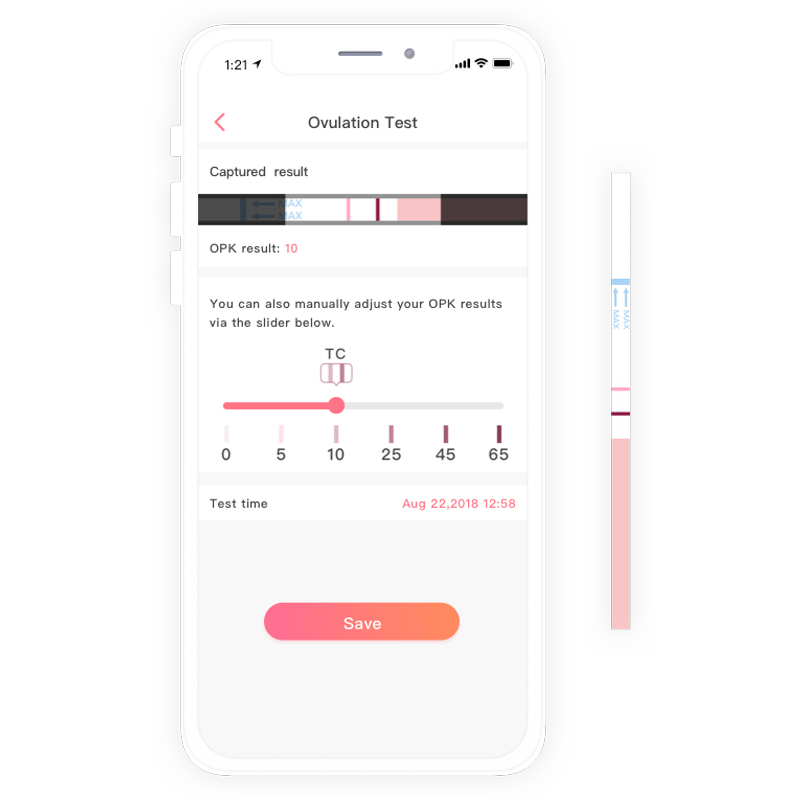LH ovulation test strips are effective tools for tracking the luteinizing hormone (LH) surge, which occurs prior to ovulation. These test strips help women identify their most fertile days and optimize the chances of conception. In this comprehensive guide, we will provide step-by-step instructions on how to use LH ovulation test strips, the duration of the LH surge, the significance of LH levels in indicating ovulation, how to read the test results accurately, and the difference between a digital LH test and an ovulation test.

Begin by removing the LH ovulation test strip from its packaging. Handle the strip only by the handle to avoid contamination.
Collect a urine sample in a clean container or hold the strip in the urine stream for the specified time indicated in the instructions (usually a few seconds).
After the specified time, remove the strip from the urine and place it on a clean, non-absorbent surface.
Allow the test strip to develop for the recommended duration, typically 5-10 minutes, but refer to the instructions provided with the test kit.
Observe the test strip for the appearance of lines, which will indicate the results of the test.
The duration of the LH surge, the period during which LH levels are elevated, can vary from woman to woman. On average, the LH surge lasts for approximately 12-48 hours. However, it's important to note that the exact duration can differ for each individual.
A significant rise in LH levels indicates the onset of ovulation. LH levels typically surge to a level that is significantly higher than the baseline. While the exact LH level may vary among individuals, LH levels of approximately 25-40 mIU/mL or higher are often considered indicative of the LH surge and impending ovulation.
LH ovulation test strips typically consist of two lines: the control line (C) and the test line (T).
The control line (C) should always appear, serving as a reference point to validate the test.
To determine the presence of the LH surge, observe the intensity of the test line (T).
A positive result is indicated when the test line (T) is as dark as or darker than the control line (C). This suggests that the LH surge has occurred, indicating that ovulation is likely to follow within the next 12-48 hours.
A negative result occurs when the test line (T) is either very faint or absent, indicating that the LH surge has not yet occurred.
It's important to note that even a faint line on the test line (T) does not indicate a positive result. The test line (T) must be as dark or darker than the control line (C) to confirm the LH surge.
An LH test and an ovulation test are essentially the same. LH ovulation tests are designed to detect the surge in luteinizing hormone (LH) levels, which precedes ovulation. Therefore, an LH test can be considered an ovulation test as it helps predict the fertile window.
LH ovulation test strips are valuable tools for tracking the LH surge and identifying the most fertile days in a woman's menstrual cycle. By following the instructions provided in this guide, including how to use the test strips, understanding the duration of the LH surge, interpreting LH levels for ovulation prediction, reading the test results accurately, and recognizing the distinction between an LH test and an ovulation test, you can effectively utilize LH ovulation test strips to optimize your chances of conception. Remember to consult the specific instructions provided with your LH ovulation test kit for any additional guidance.